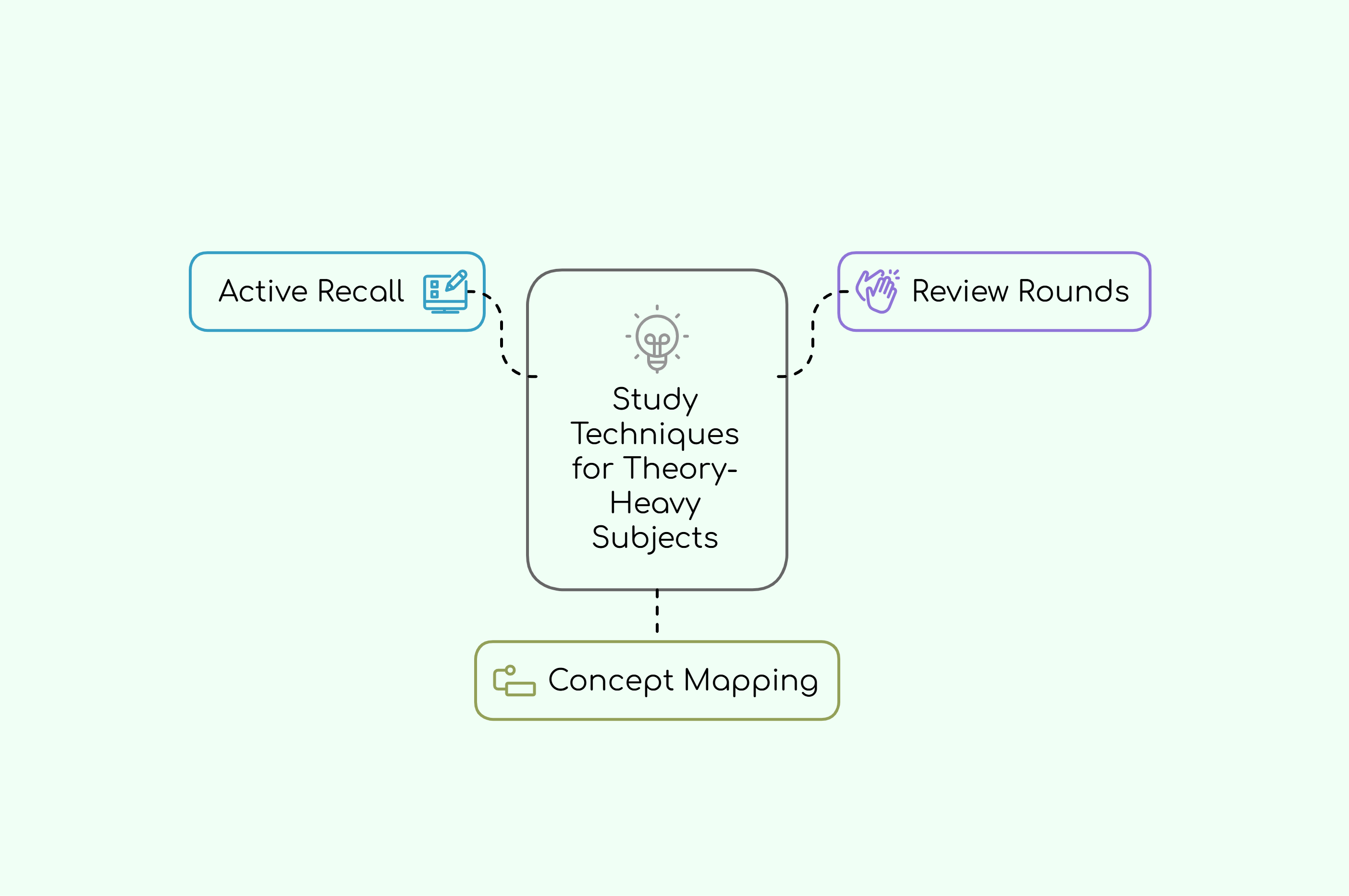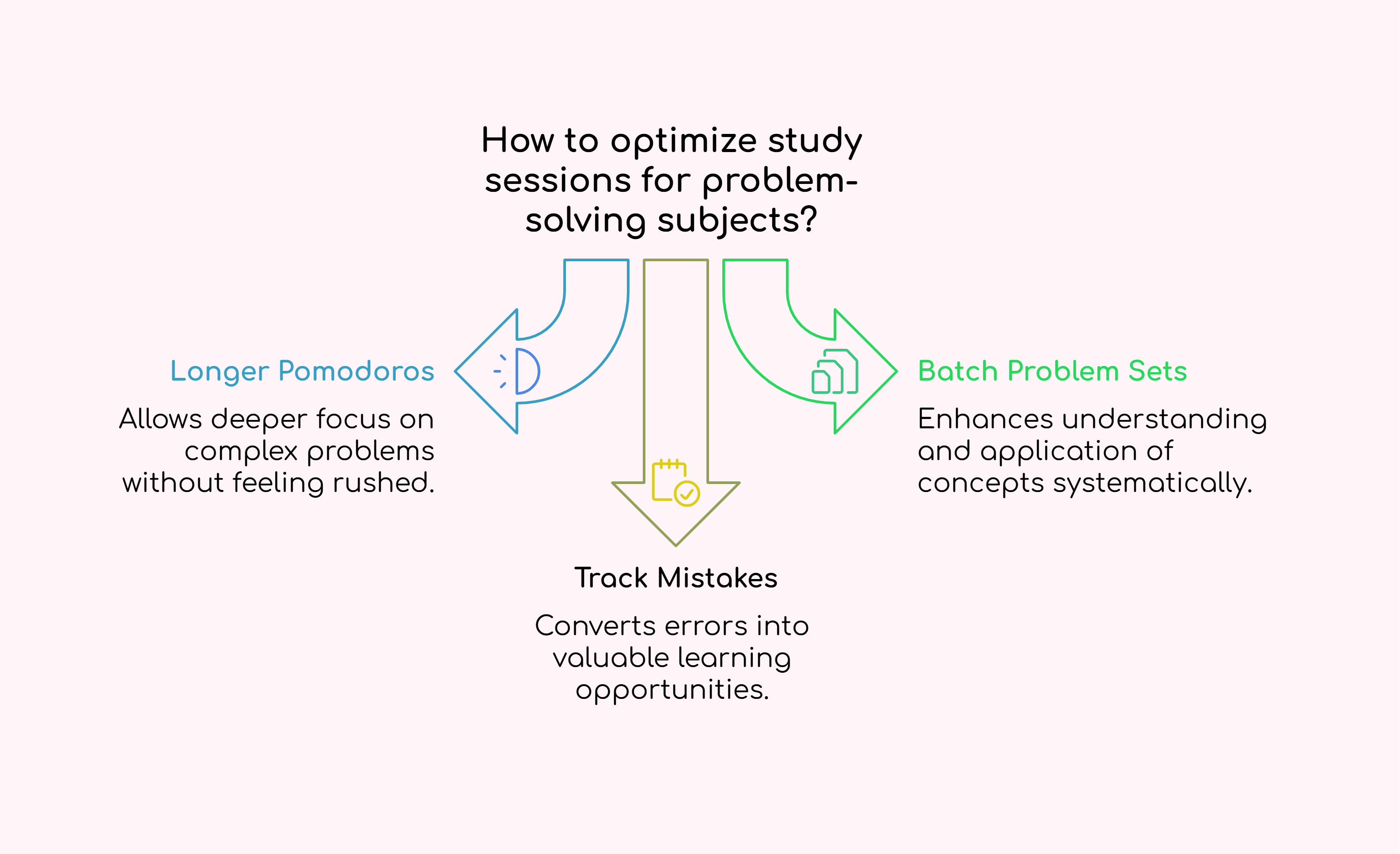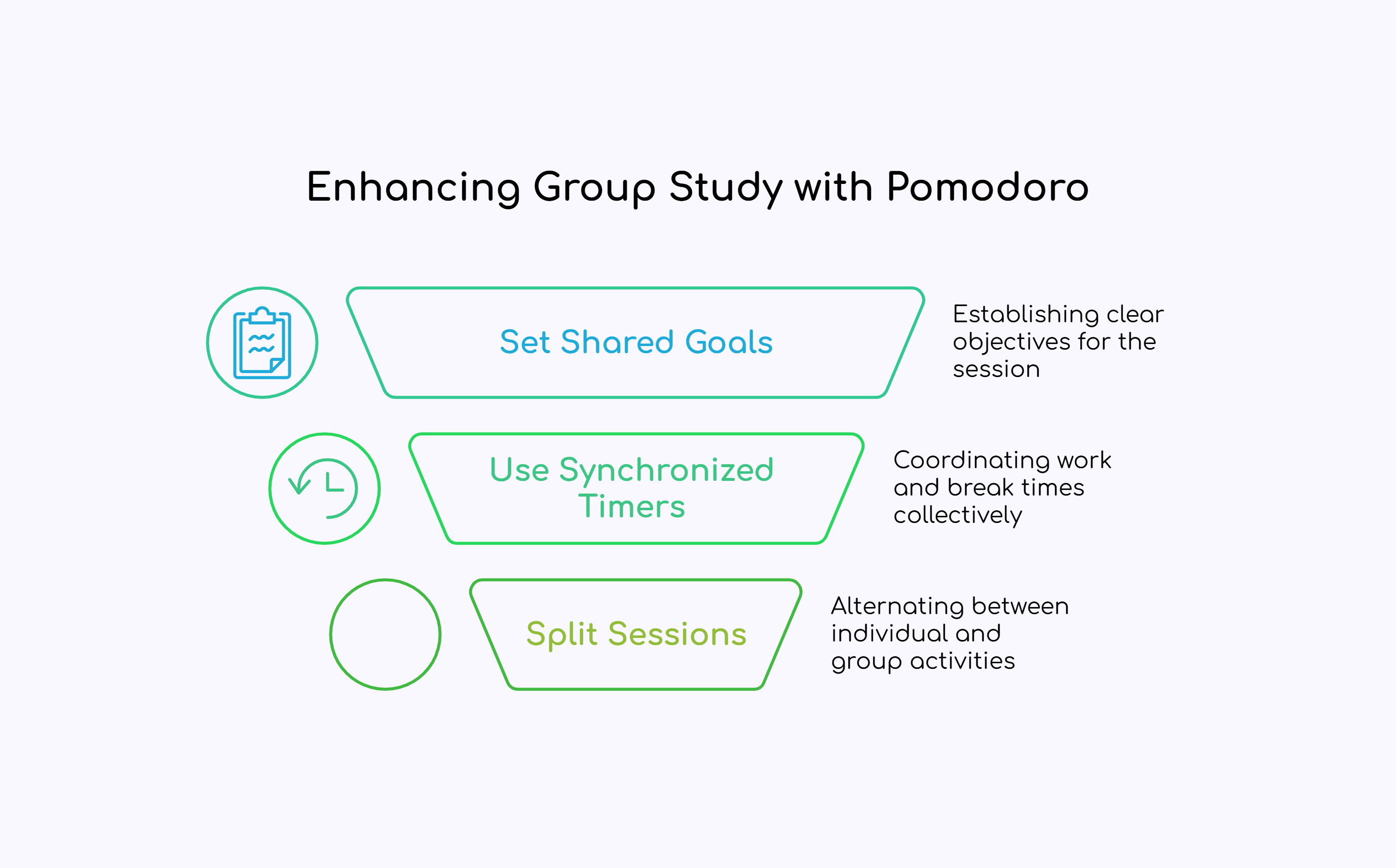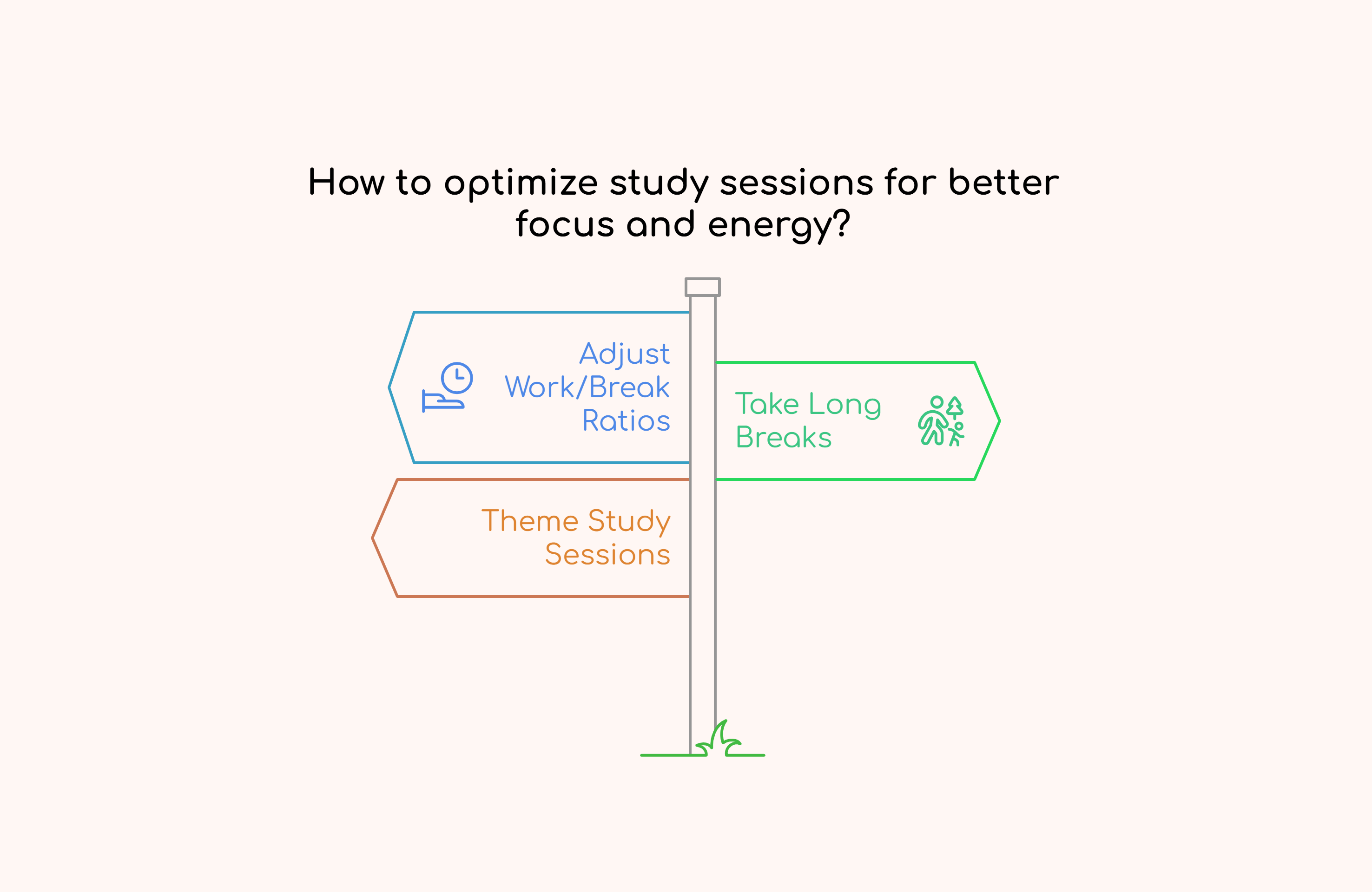You’ve probably heard of the Pomodoro Technique—that magical time management method where you study for 25 minutes, take a 5-minute break, and repeat. Sounds simple, right?
But here's the thing: not all study sessions are created equal. Cracking open a history book isn't the same as tackling a calculus problem or collaborating on a group project. So why should your focus strategy stay the same?
Let’s dive into how you can customize the Pomodoro Technique for studying—because with a little tweak here and there, this tool can transform your study game.
Why Customizing the Pomodoro Technique Matters
When I first tried using the Pomodoro Technique during finals week, I thought I’d cracked the code. Spoiler: I hadn’t.
See, I used the same 25/5 split for everything—memorizing biology terms, solving math problems, even preparing for a group presentation. But it didn’t always feel productive. Sometimes I needed more time to “get into the zone,” and other times my brain begged for a longer break.
That’s when I realized: you’ve got to match your Pomodoro approach to the type of work you’re doing. Let's break down exactly how to do that.
Customizing the Pomodoro Technique for Different Subjects
You wouldn’t wear hiking boots to a beach party, right? So let’s tailor your study sprints to suit the terrain.
Theory-Heavy Subjects (History, Biology, Literature)
These subjects are all about understanding and remembering information—not just skimming through pages.

Try This:
Use Active Recall: Use your 25-minute Pomodoros to quiz yourself on flashcards or brainstorm what you remember before checking notes. This boosts retention like crazy.
Focus on Review Rounds: Do 2–3 Pomodoros just for reviewing key concepts, then use one for summarizing or rephrasing in your own words.
Concept Mapping Breaks: During your 5-minute breaks, sketch quick mind maps to visualize how topics connect. Weirdly fun. Super effective.
🎯 Pro tip: End each Pomodoro by writing down one question you still have. It’ll keep your brain curious and engaged.
Problem-Solving Subjects (Math, Physics, Computer Science)
These subjects often require deep focus and mental endurance—perfect excuses to bend the Pomodoro rules a little.

Here’s What Works:
Go for Longer Pomodoros: Try 50 minutes of work followed by a 10-minute break. Give yourself room to dig into more complex problems without feeling rushed.
Batch Problem Sets: Focus one Pomodoro on understanding the concept, then the next one on applying it to real problems.
Track Mistakes: During breaks, jot down common errors you’re making. This turns mistakes into learning gold.
🧪 Case in point: When I was prepping for my physics final, I used two back-to-back Pomodoros on problem-solving, then took a longer 15-minute walk afterwards to let it sink in. Game changer.
Group Study with Pomodoro Sessions
Study groups are great… until half the time disappears chatting about that one Netflix show. We’ve all been there. Enter: the group Pomodoro.

How to Pomodoro in a Group:
Set clear shared goals at the start of each session (e.g., “We’ll all finish these three problems”).
Use synchronized timers so everyone’s working and resting at the same time.
Split sessions: Use one Pomodoro for individual study, then the next for group discussion or Q&A.
🎧 Hot tip: Consider using a shared timer app like Focusmate or TomatoTimer when studying remotely together—keeps everyone on-task without being the "study cop."
Adapting for Longer Study Sessions
If you’re grinding out those epic 4–6 hour weekend marathons (been there), you'll need to keep your mental fuel tank from hitting empty.

Stay Energized with This Plan:
Adjust Work/Break Ratios: Try 45/10 or even 50/10 cycles based on how your brain feels.
Take long breaks every 2 hours—step away for 20–30 minutes to walk, stretch, or grab a snack.
Theme your sessions: Rotate subjects every few Pomodoros to keep things fresh and avoid burnout.
🚶♂️Real talk: I once did four straight Pomodoros of organic chemistry. NEVER again. Now, I mix it up—two Pomodoros of reading, then one of practice problems.
Common Pomodoro Challenges (And How to Beat Them)
Let me guess—you’ve tried Pomodoro and still found yourself scrolling social media mid-session. Don’t worry, you're not alone. Here's how to deal.
Struggling to Stay Focused?
Focus doesn’t happen automatically—especially when your brain’s had a long day.
Do this instead:
Practice mindful breathing during breaks—just one minute of intentional focus helps reset your brain.
Place a sticky note next to you: "Is this helping me focus right now?" It's a weirdly effective reminder.
💡 Pomodoro Hack: During your first 5-minute break of every session, write down one specific goal for the next Pomodoro. Focus: activated.
Dealing with Distractions?
You’re in the zone. Then your phone lights up. Now you're on TikTok. Oops.
Fight back with these strategies:
Use Do Not Disturb mode, or better yet, keep your phone in another room.
Tell your family or roommates: “Hey, I’m doing 25-minute sprints with breaks. Can I finish one before chatting?”
🏠 Bonus Tip: Create a "focus corner” in your room 👉 minimal clutter, good lighting, earbuds in.
Handling Burnout from Intensive Study Sessions
Pomodoro is a tool—not a punishment! If you're running out of steam, it's time to recharge.
Here's how to recover:
Schedule intentional rest blocks (yes, like actually write “chill time” in your planner).
Recognize signs of burnout: irritability, tiredness, or zoning out mid-session = 🚨.
Mix in enjoyable tasks during breaks—short walks, dancing to a song, or 5-minute journaling.
💌 Self-care isn't laziness—it’s brain maintenance. Treat it like part of your study plan.
Final Thoughts: Make the Pomodoro Technique Your Own
Let’s recap real quick:
Different study tasks need different Pomodoro setups—don’t force a one-size-fits-all model.
Theory-based? Focus on active recall and regular review.
Problem-solving? Go for longer focus sessions and batch your practice.
Studying with friends? Sync up with shared goals and timers.
Studying for hours? Adjust your ratios and don’t skip the longer breaks.
The real magic of the Pomodoro Technique for studying isn’t in following strict rules. It’s in being mindfully flexible—figuring out what your brain needs, and when.
So go ahead—experiment. Try different timer lengths, break activities, and subject strategies until you find your sweet spot.
Because once you unlock the right rhythm? Studying doesn’t just get more productive—it gets a whole lot more manageable (and maybe even fun).
⏱️ Happy studying—one Pomodoro at a time!